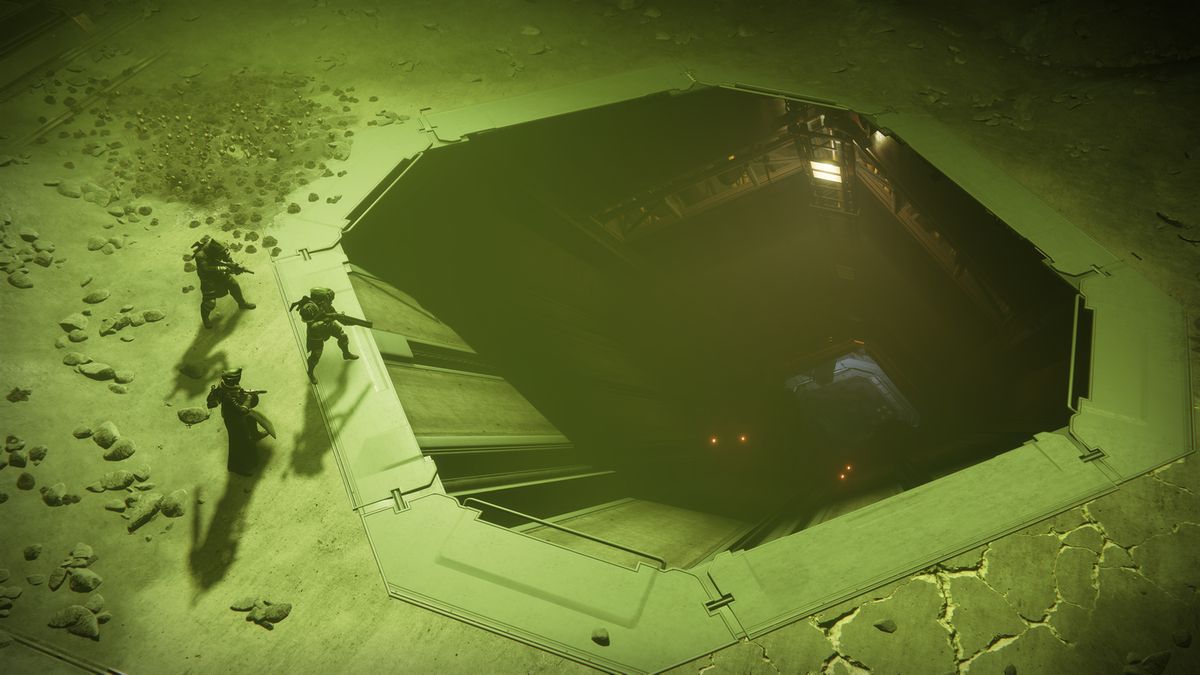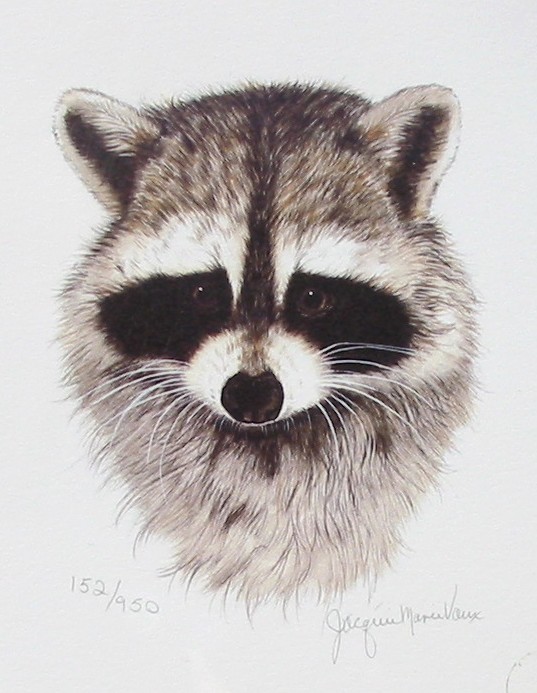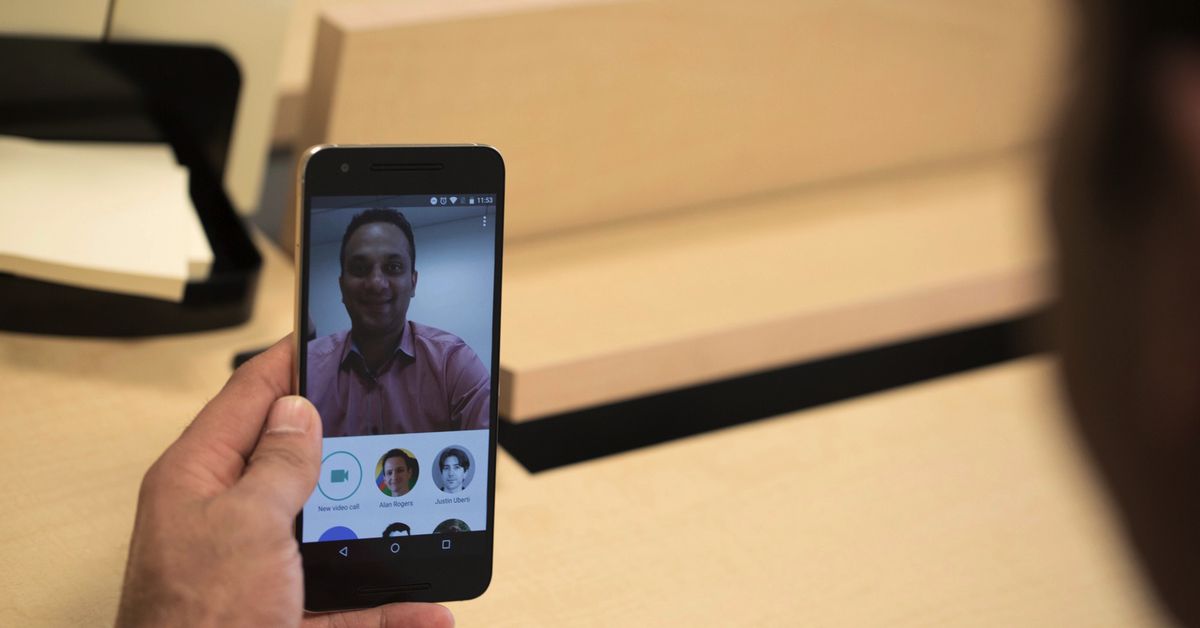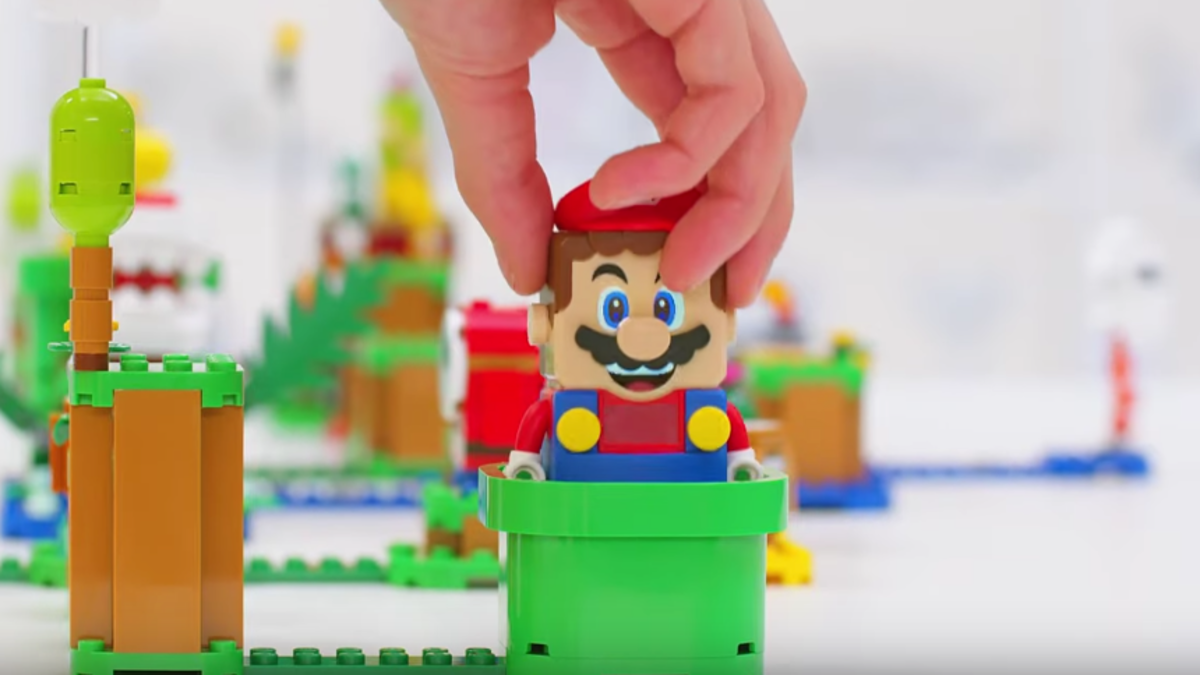Deer Overpopulation in the USA
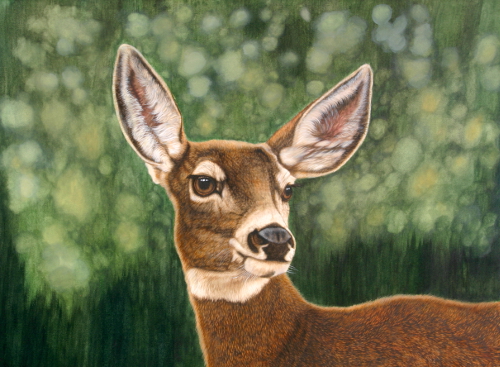

Almost all outdoor enthusiasts have an interest in deer, for one reason or another. They are fairly large wild creatures, but rarely demonstrate any aggression toward humans. However, they can cause us some aggravation when they eat the flowers in our gardens
and other types of prize vegetation.
Recently this problem has been becoming more acute, especially in the eastern US. By 1930 our (US) deer population was down to about 300,000. Current estimates of how many there are range up to 30 million. Or, in less than 100 years, they have increased 1000 times Scientists have estimated the ideal deer capacity is about 8 deer per square kilometer. The current average is up to 100 deer per kilometer. That’s way to many.
Our deer populations are increasing, and they are coming into contact with humans more than ever before. This seems to be for several reasons;
• Lack of predators. Their natural enemies, wolves, cougars, grizzly bears, are now extinct in most areas
• Deforestation is helping the deer; since they like edge habitats, e.g. along the edges of roads trees and lawns; namely the conditions we have created in the suburbs.
• Hunting is decreasing. Although hunters killed 6 million deer last year, estimates are that 12 million fawns were born after the last hunting season. Do the math…
Estimates also indicate deer eat 15 million tons of vegetation per year, producing over $240 million in damage to landscapes and crops, mostly in the northeastern USA.
Around 150 people are killed every year by auto collisions with deer.
Even more sadly to me are the damages done to our native ecosystems. One study of a forest in Pennsylvania discovered that over half of all plant species had vanished due to hungry deer. Other studies have suggested that deer prefer eating native to exotic plants, facilitating the spread of invasive plants. This, in turn can lead to a cascading of effects on other creatures. Nesting bird populations can drop due to the loss of specific tree species, since the deer like to eat young trees. Many biting flies and other parasites that prey on deer will increase.
What should we do about it? A $64,000 question. Here are some of the proposed alternatives:
• Reintroducing wild predators: difficult to control especially when the critical area is in our suburbs.
• Promote hunting. Most hunters are interested in bagging trophy bucks, but does are the ones most responsible for increasing the population. There are some studies that demonstrate hunting programs are effective in small areas, but the results over larger areas has not been noted.
• Fertility control have been shown to be effective in fenced groups, but take a long time to produce results.
What is the right thing to do? The longer we delay, the greater the damage is done, to both to us and to our environment. Methods like fertility control take several years; hunting needs to be managed carefully. No matter what course we take, many, many, deer are going to die. The only way to improve their quality of life and our quality of life is to significantly decrease their population.
What do you think we should do? Please give us your comments.
To see a print of my Doe painting shown above Click Here
